Alternatives To Landscaping Fabric

Table of Contents
Alternatives to Landscaping Fabric: Eco-Friendly and Budget-Friendly Options
Landscaping fabric, also known as weed barrier fabric, is a popular choice for gardeners looking to suppress weeds and retain moisture. However, it's not without its drawbacks. It can be expensive, contribute to plastic pollution, and even hinder soil health over time. Fortunately, there are many effective and environmentally friendly alternatives to landscaping fabric that offer comparable benefits. This article explores some of the best options, considering both their pros and cons to help you make the informed choice for your garden.
Why Consider Alternatives to Landscape Fabric?
Before diving into the alternatives, let's briefly revisit why you might want to avoid traditional landscaping fabric.
- Environmental Concerns: Most landscape fabrics are made from plastic, contributing to landfill waste and environmental pollution. They are not biodegradable and can take hundreds of years to decompose.
- Cost: High-quality landscaping fabric can be surprisingly expensive, especially for larger projects.
- Soil Health: Some argue that landscape fabrics can impede proper soil aeration, water infiltration, and the beneficial activity of soil organisms.
- Potential for Damage: Improper installation can lead to fabric tearing, which defeats its purpose and can create more problems than it solves.
Top Alternatives to Landscaping Fabric
Now, let's explore some viable and sustainable alternatives to traditional landscape fabric:
1. Cardboard: A Cheap and Eco-Friendly Choice
Cardboard is a readily available and completely biodegradable alternative. Simply lay down flattened cardboard boxes, overlapping the edges to create a barrier.
Pros:
- Cost-effective: Often free or very inexpensive to obtain.
- Biodegradable: Breaks down naturally, enriching the soil.
- Easy to use: Simple to lay and requires no special tools.
Cons:
- Not as durable: May need replacing more frequently than landscape fabric.
- Attracts pests: Can attract slugs and snails if left exposed.
- Needs covering: Requires a layer of mulch on top for aesthetic appeal and protection from the elements.
2. Newspaper: A readily available option
Similar to cardboard, newspaper can effectively suppress weeds. Layer multiple sheets and cover with mulch.
Pros:
- Readily available and inexpensive: Often free from recycling bins.
- Biodegradable: Naturally decomposes over time.
- Good for weed suppression: Effectively blocks sunlight from reaching weed seeds.
Cons:
- Requires multiple layers: Thinner than cardboard, requiring more layers for sufficient weed suppression.
- Ink concerns: While newer inks are environmentally safer, some worry about ink leaching into the soil.
- Aesthetically less appealing: Requires a thorough mulch covering.
3. Mulch: The Natural and Beautiful Solution
Mulch, including wood chips, shredded bark, straw, and even gravel, is a fantastic alternative to landscaping fabric. A thick layer of mulch (at least 3-4 inches) effectively suppresses weeds and retains soil moisture.
Pros:
- Natural and biodegradable: Improves soil health over time.
- Aesthetically pleasing: Enhances the look of your garden.
- Moisture retention: Helps maintain soil moisture levels.
Cons:
- Can be expensive: Depending on the type of mulch used, it can be costly, especially for large areas.
- Requires replenishment: Needs to be topped up periodically as it decomposes.
- Potential for pest harborage: Some mulches may harbor pests.
4. Living Mulch: A sustainable and eco-friendly approach
Living mulch, also known as a groundcover, involves planting low-growing plants that suppress weeds naturally. These plants can create a dense mat, blocking sunlight from reaching weed seeds.
Pros:
- Eco-friendly and sustainable: No synthetic materials are used.
- Improves soil health: The plants contribute organic matter to the soil.
- Attractive and diverse: Adds visual interest to your garden.
Cons:
- Requires more maintenance: Needs regular watering and weeding.
- Requires careful plant selection: Choose plants suitable for your climate and soil conditions.
- May not be as effective against aggressive weeds: Some weeds can still penetrate the ground cover.
Choosing the Right Alternative for Your Needs
The best alternative to landscaping fabric depends on your individual needs and preferences. Consider the following factors:
- Budget: Cardboard and newspaper are the most cost-effective options, while mulch and living mulches can be more expensive.
- Aesthetics: Mulch offers a visually appealing finish, while cardboard and newspaper require additional covering.
- Maintenance: Living mulches and mulch require ongoing maintenance, while cardboard and newspaper may need replacing more frequently.
- Environmental impact: Cardboard and newspaper are the most environmentally friendly choices.
By carefully considering these factors, you can select the most suitable alternative to landscaping fabric and create a thriving, sustainable, and beautiful garden. Remember to always research specific plants or materials to ensure they are appropriate for your climate and soil conditions.

Thank you for visiting our website wich cover about Alternatives To Landscaping Fabric. We hope the information provided has been useful to you. Feel free to contact us if you have any questions or need further assistance. See you next time and dont miss to bookmark.
Featured Posts
-
How Big Should A Dining Room Table Be
Feb 27, 2025
-
Spring Branch Furniture
Feb 27, 2025
-
Cleos Furniture Hot Springs Reviews
Feb 27, 2025
-
Furniture Stores Plainfield
Feb 27, 2025
-
Elegant Ceiling Fans With Light
Feb 27, 2025